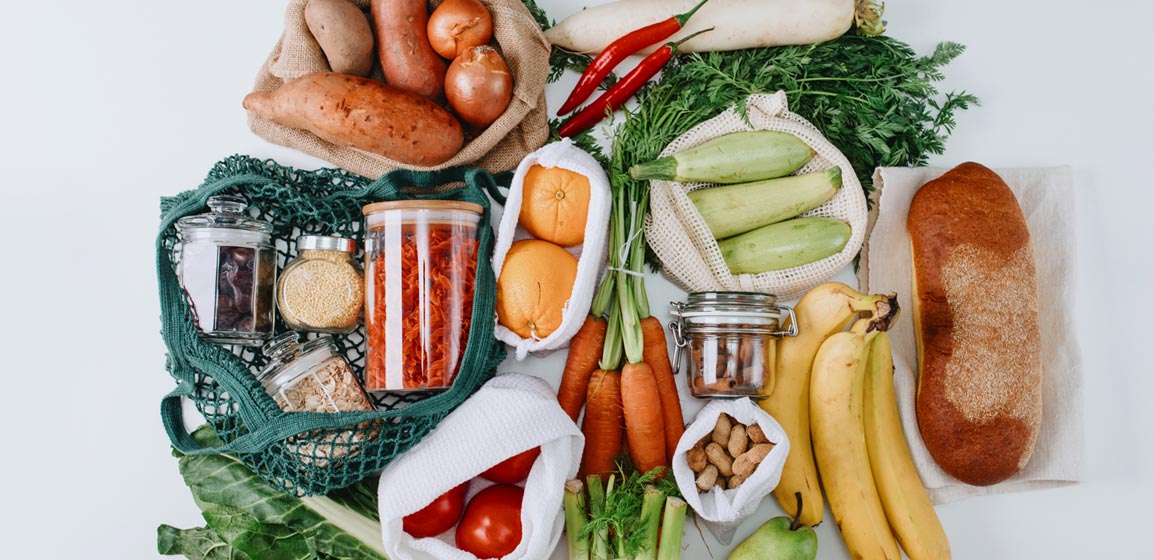Take a Bite Out of Food Waste
According to the U.S. Department of Agriculture (USDA), our nation’s food waste is estimated at between 30-40% of the food supply – which corresponds to a loss of over 100 billion in both dollars and pounds of food. While some food waste occurs at farms and warehouses, much of it occurs in consumer households.
Fortunately, with some planning and preparation, there are simple ways to reduce food waste, right at home.
- Plan ahead before grocery shopping. Take an inventory of what you have, make a list of what you need, and consider how soon you’ll be able to consume purchased items.
- Make the most of your perishable items. Figure out if you’ll eat, cook, save or freeze them for later. And remember: shelf life varies for different produce. Apples, onions and potatoes can last for weeks or months, while salad greens, berries and herbs spoil in days.
- Organize your refrigerator to reduce waste. Put foods that need to be eaten sooner in front, or in a highly-visible container marked with an “eat by” date. Turn up the humidity settings for produce drawers that store vegetables, and turn them down in drawers with fruit.
- Store refrigerated items for maximum shelf life. Keep less perishable items, such as condiments, in your refrigerator’s door, because it tends to stay warmer. Store more perishable items, like milk and meat, on lower shelves, which are often cooler.
- Make use of your freezer. Freeze fresh produce, bread, leftovers and other items for future use. And don’t shy away from purchasing frozen fruits and vegetables at the grocery store – they offer nearly the same nutritional value as fresh items because they’re often frozen at the peak of freshness.
The USDA offers consumers ways to save money on food shopping
and make healthy food choices. Visit MyPlate.gov.





